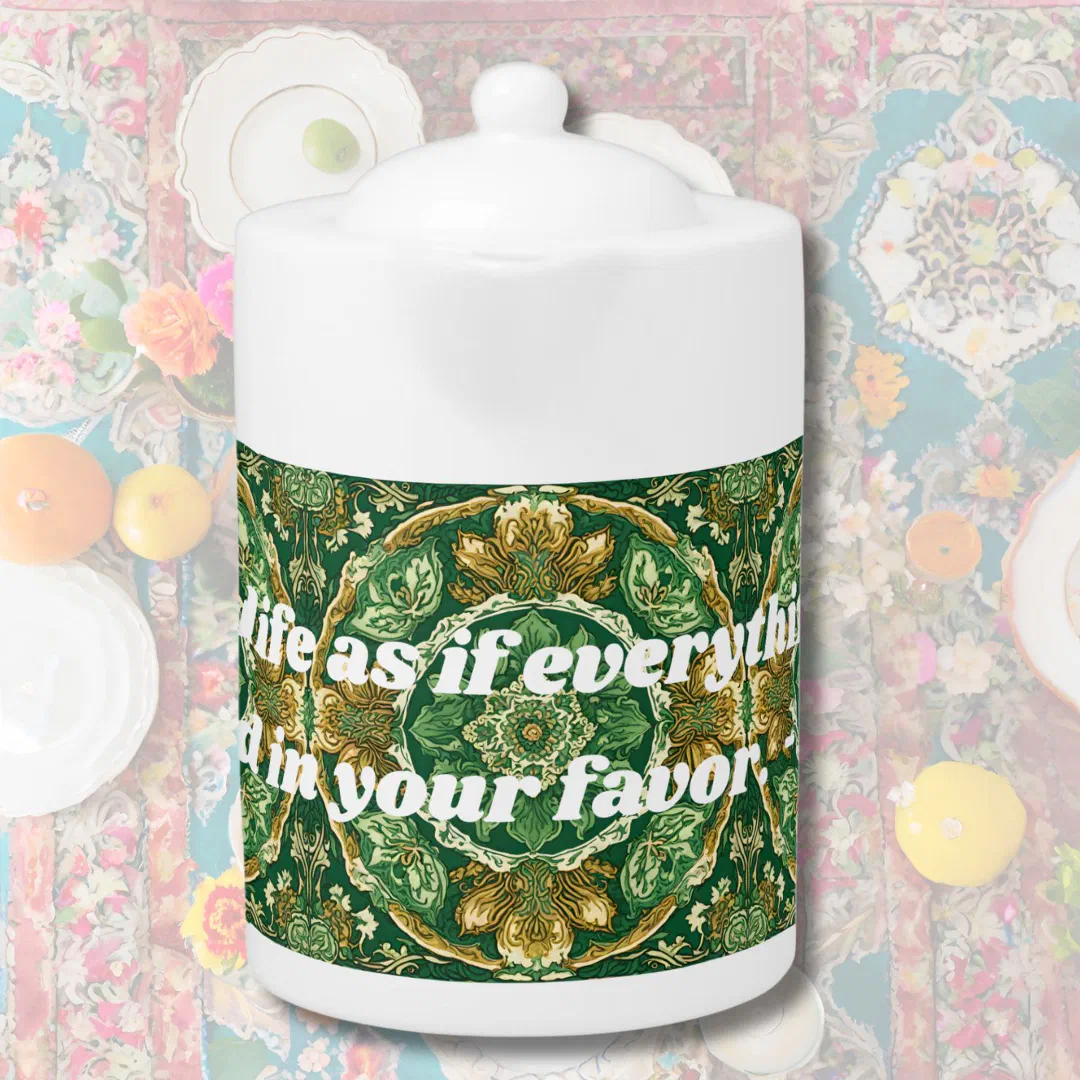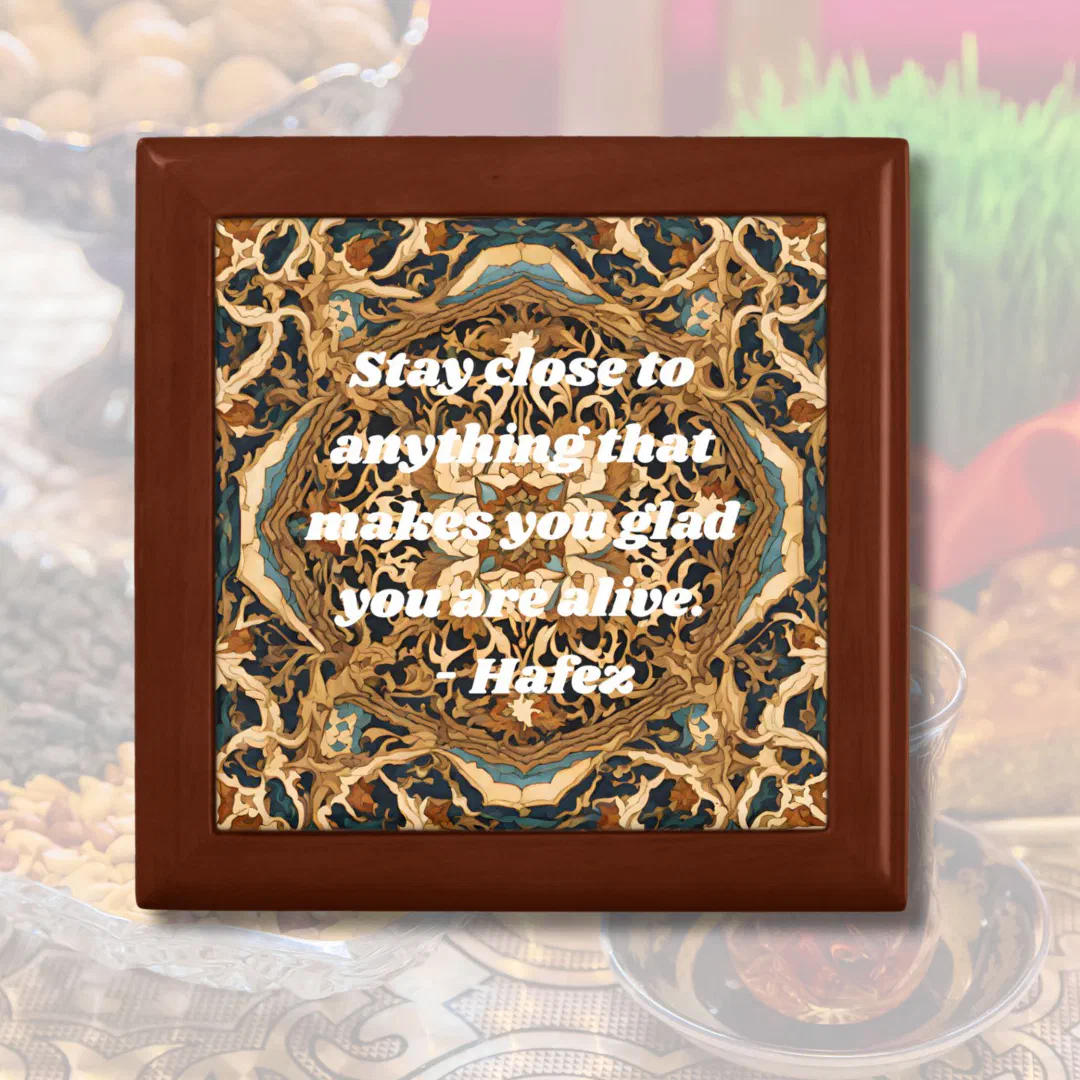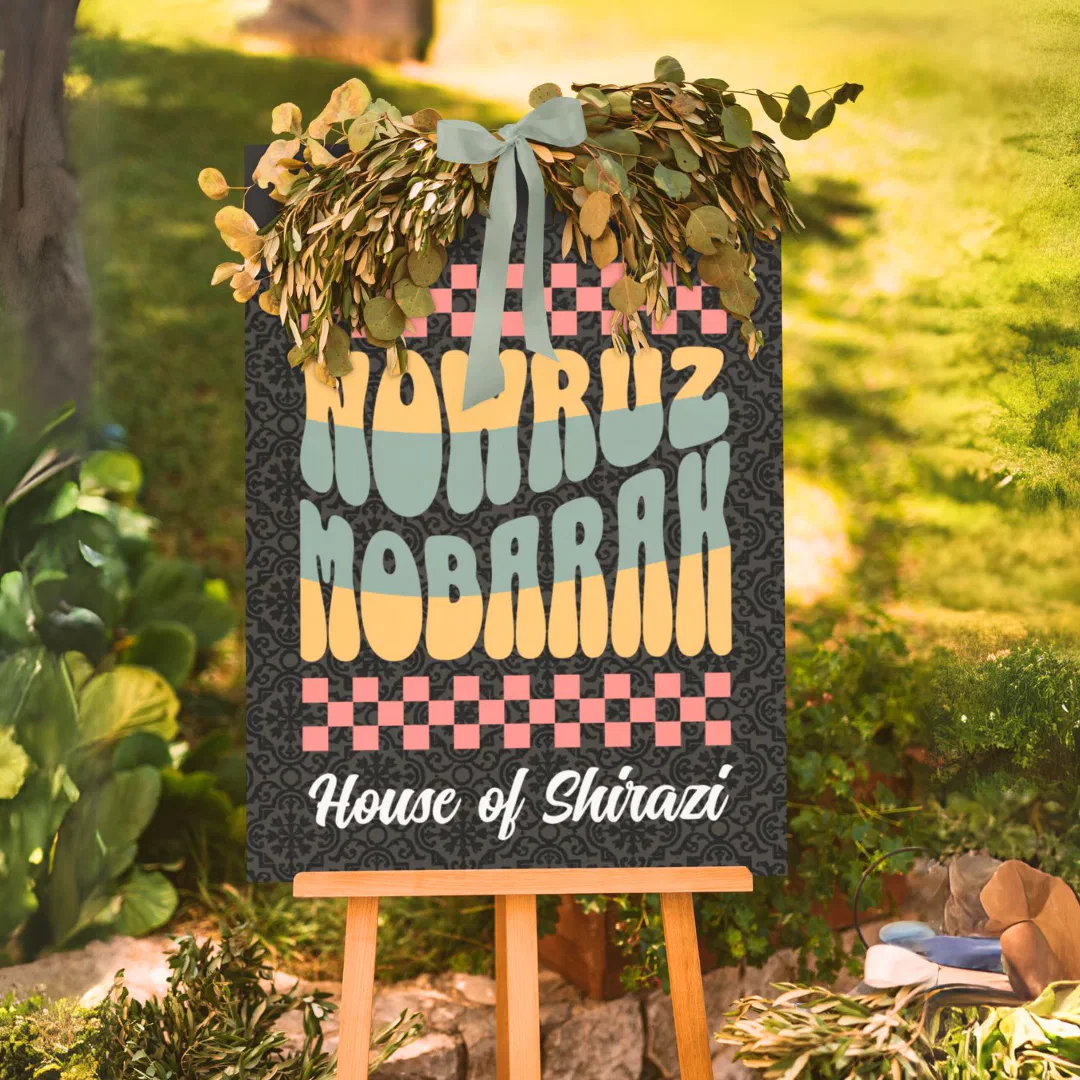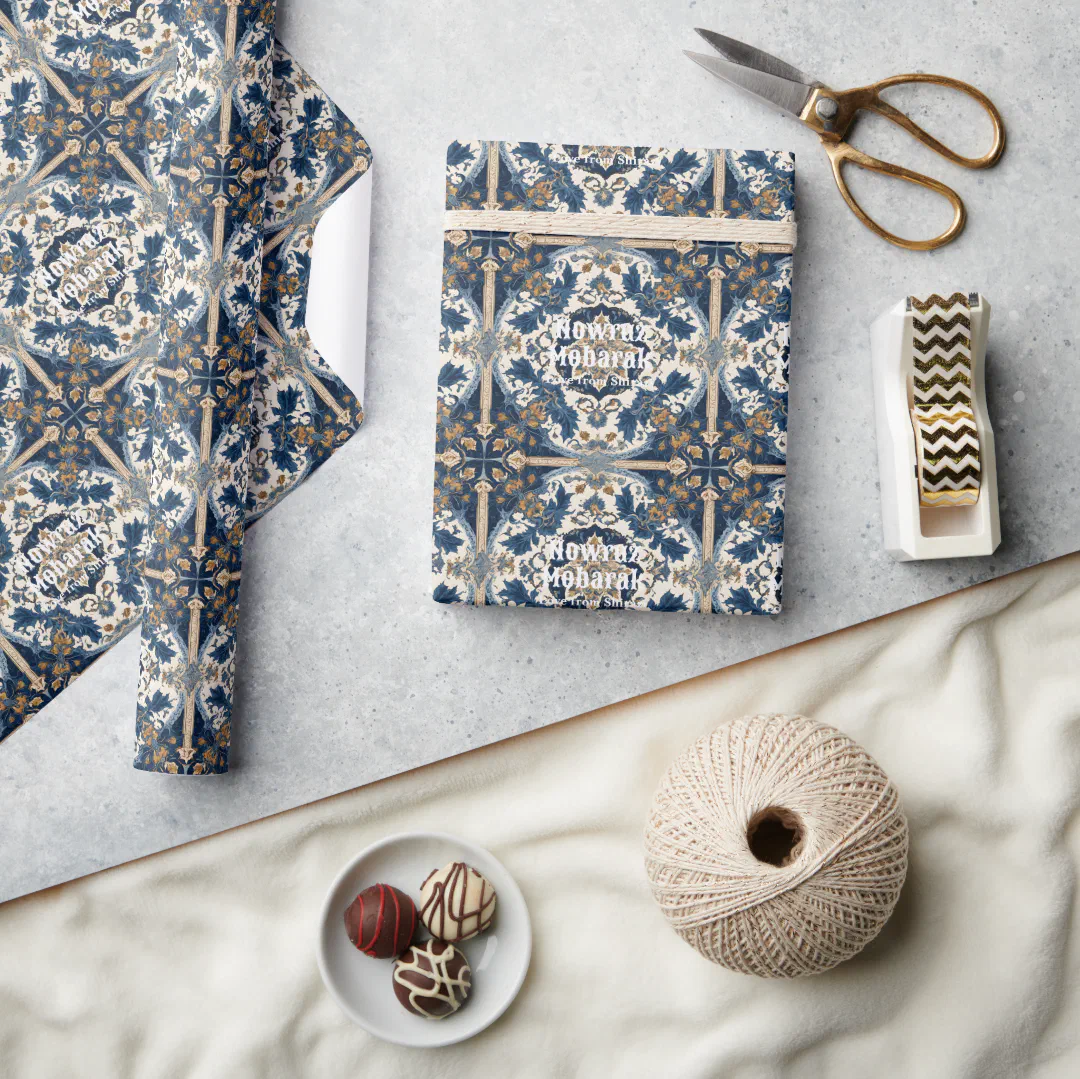Nowruz Mobarak! Preparing for the Persian New Year, Nowruz, but unsure about the Haft-Sin table setup? Well, you’re not alone. The Haft-Sin is a core tradition of Iranian culture and symbolizes spring’s renewal with seven symbolic items, all starting with ‘s.’
This blog post will guide you through creating your Haft-Sin table in five steps. Ready to dive into vibrant Persian traditions? Let’s get started!
Table of Contents
Key Takeaways
- The Haft-Sin table is a traditional Iranian table setting that symbolizes renewal and growth during Nowruz, the Persian New Year.
- Creating a Haft-Sin table in five easy steps involves choosing a location, gathering the seven essential items starting with ‘Sin’ in Farsi, adding additional symbolic objects, decorating the table with elegance, and celebrating with loved ones.
- The seven symbolic items on a Haft-Sin table hold deep meanings: sprouts for rebirth, dried fruit for love and affection, garlic for health, apple for beauty and health, sweet pudding for wealth and fertility, vinegar for wisdom and patience, and sumac berries for hope and overcoming obstacles.
- Celebrating Nowruz by setting up a Haft-Sin table allows you to embrace Persian culture while ushering in new beginnings filled with love, blessings, and hopes of prosperity.
What is a Haft-Sin Table?
The Haft-Sin table is a cornerstone of Nowruz, the Persian New Year. It’s a traditional Iranian table setting crafted to express joy and optimism for the new year — symbolizing renewal, rebirth, and growth accompanying spring’s arrival.
As central as a Christmas tree in Western cultures, every Iranian household showcases this vibrant tableau during their annual spring equinox celebration.
Each Haft-Sin display features seven specific items starting with ‘S’ or ‘Sin’ in Farsi — hence the name. Each item carries deep symbolic meaning: flatbread for prosperity; wheat sprouts signifying rebirth; sweet pudding representing patience through hardship; garlic indicating health; apples symbolizing beauty and love; sumac berries embodying sunrise and overcoming obstacles; vinegar denoting old-age wisdom.
But it doesn’t stop at seven! Additional objects often adorn the table, such as mirrored to reflect success throughout the coming year, goldfish for good luck, painted eggs representing fertility, coins signifying wealth or prosperity, and more.
Persian desserts close off this presentation—baking treats like baklava are part of embracing the festive spirit.
In short—if you’re celebrating Norouz overseas or simply appreciate Iranian culture—the Haft-Sin tradition allows you to immerse yourself in one of Persia’s most beautiful holidays.
How to Make Your Haft-Sin Table in 5 Easy Steps
To create your Haft-Sin Table for Nowruz, follow these five easy steps:
- Choose a Location: Find a prominent spot in your home, preferably where you gather with family and friends. The dining table is a popular choice for displaying the Haft-Sin table.
- Gather the Seven Essential Items: Collect the seven traditional items that start with the letter sin (س) to represent different aspects of life. These items include sprouts (sabzeh), apples (sib), garlic (seer), sumac berries (somagh), vinegar (serkeh), wheat germ pudding (samanu), and dried holy water fruit or Oleaster (senjed).
- Add Additional Items: Enhance your Haft-Sin table by including other symbolic objects related to Persian culture and traditions. Some popular additions are gold coins (sekeh), a mirror (ayna), painted eggs (tokhmeh morgh), hyacinth flowers (sonbol), and a book of poetry, such as the Shahnameh.
- Decorate Your Table: Place a beautiful tablecloth or fabric to add elegance to your Haft-Sin table. Arrange the seven items visually pleasingly on top of the cloth, placing taller objects at the back and shorter ones at the front. Add candles and fresh flowers for an extra festive touch.
- Celebrate and Enjoy: Once your Haft-Sin table is set up, share this meaningful tradition with loved ones by inviting them to gather around it. Take time to reflect on the significance of each item and discuss their meanings with others. Remember to indulge in delicious Persian desserts like baklava, sohan, or naan-e nokhodchi as you celebrate Nowruz together.
Significance of the Seven S’s
The Haft-Sin table represents seven symbols that commemorate the beginning of the Iranian New Year. Each item on the table starts with the Persian letter Sin, signifying different hopes and blessings for the coming year.
| Symbol | Meaning |
|---|---|
| Sabzeh (Sprouts) | Garlic is seen as a symbol of medicine and health, signifying the wish for a year of good health. |
| Senjed (Dried Fruit) | Sabzeh is a symbol of rebirth and the renewal that comes with spring. It’s meant to bring hope for a year of growth and prosperity. |
| Sir (Garlic) | An apple symbolizes beauty and health, representing the hope for a healthy and attractive year. |
| Sib (Apple) | An apple symbolizes beauty and health, representing hope for a healthy and attractive year. |
| Samanu (Sweet Pudding) | Samanu symbolizes wealth and fertility. It’s meant to bring abundance in the New Year. |
| Serkeh (Vinegar) | Vinegar represents age and patience, symbolizing the wisdom and patience that come with time. |
| Sumac (Spice) | Sumac symbolizes the color of sunrise and the hope that the light of dawn will overcome all darkness in the coming year. |
These seven items form the core of the Haft-Sin table, a significant tradition in Nowruz celebrations. Each component holds a special meaning intended to bring good fortune and blessings for the New Year. Celebrating Nowruz is a significant part of Iranian heritage, and the Haft-Sin table represents the renewal and new beginnings of the new year.
Read More About Nowruz
- Nowruz Mobarak! How To Make The Most Delicious And Authentic Dishes
- Nowruz Mobarak! How To Celebrate The Persian New Year Like A Pro
- Norooz Mobarak! The Meaning Behind The Rituals You Need To Know
Conclusion
In conclusion, celebrating Nowruz and setting up your Haft-Sin table is a wonderful way to honor Persian traditions and embrace the start of a new year. By following these five easy steps, you can create a beautiful and meaningful tableau that captures the spirit of this festive holiday.
From symbolic items to delicious treats, the Haft-Sin table will bring joy and happiness to your home. So, gather your loved ones, prepare the seven essential items and additional decorations, and have a memorable Nowruz celebration filled with love, blessings, and hope for a prosperous year.
FAQs
- What is a Haft-Sin table, and why is it important for Nowruz?
The Haft-Sin table is a traditional Persian New Year’s display consisting of seven symbolic items that begin with the letter “S” in Farsi. It is believed to bring blessings and good luck for the coming year.
- What are the seven items typically included on a Haft-Sin table?
The seven items commonly found on a Haft-Sin table are Sabzeh (wheat or barley sprouts), Samanu (sweet pudding), Senjed (dried fruit from oleaster tree), Seer (garlic), Sib (apple), Serkeh (vinegar), and Sonbol (hyacinth flower).
- How can I make my own Haft-Sin table in 5 easy steps?
Step 1: Find a decorative cloth or fabric as your base.
Step 2: Arrange wheatgrass or sprouted seeds in a dish or tray as Sabzeh.
Step 3: Place each symbolic item, such as fruits and flowers, around the Sabzeh.
Step 4: Add decorations like candles, coins, or mirrors for aesthetics.
Step 5: Display your completed Haft-Sin table prominently in your home.
- Are there any variations to the traditional Haft-Sin table setup?
While the seven essential items remain consistent, some families may include additional elements that are significant or represent their specific cultural traditions. These additions could range from religious symbols to cherished family heirlooms.












